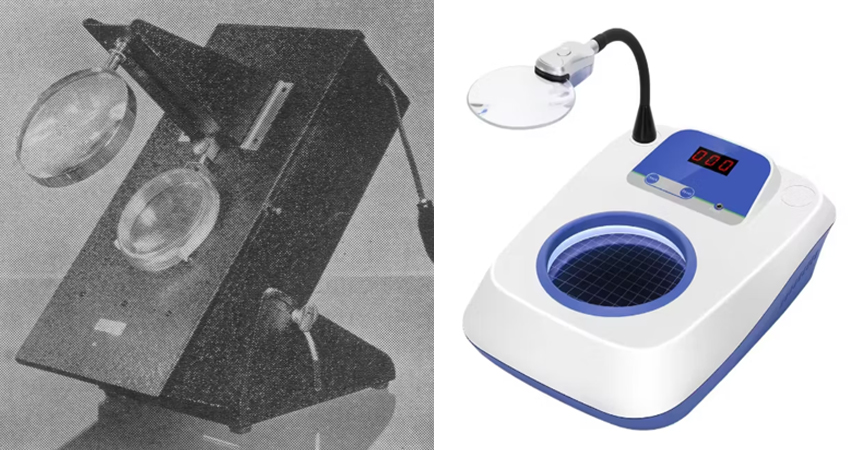How automation can enhance your colony counting workflows
What is colony counting?
Colony counting is widely used in environmental monitoring, biomedical testing and in food or drug safety testing. Scientists calculate the total viable count (TVC) or colony forming units (CFU) from the counted colonies. This data can be used to generate growth curves of cell survival or measure organism abundance. However, colony counting can quickly become a tedious and time-consuming task, especially when faced with hundreds or even thousands of colonies per plate.
The challenges of manually counting colonies
Manual counting remains the standard approach in many labs, but the process is tedious, lacks consistency and is inadequate for high-throughput experiments (Hallas & Monis, 2015). Hallas & Monis found that, aside from being labour and time intensive, the manual colony counts varied between scientists. Each individual had their own unique heuristic biases that would affect their decision to count a colony or dismiss it as an artifact.
Manual colony counting generates inconsistent results that are difficult to reproduce or repeat. Subsequently, these protocols struggle to obtain statistically significant results. To combat this, manual colony counting protocols require a far greater data set which exacerbates the scientists’ discomfort and reduces lab efficiency. Manual colony counting is unusable for scientists wanting to conduct high throughput experiments.
Semi-automated colony counting
Enumeration of colonies using agar-plate based counts has been long identified as a source of scientific error (Archambault, 1937). Although researchers have moved on since the first semi-automated colony counter by the Spencer Lens company from 1943, similar designs are still frequently used today. These tools semi-automate the colony counts but do not automate colony measurements.

Measuring colony diameter or quantifying other phenotypes requires further error prone manual data collection. These measurements often remain subjective and continue the pattern of inconsistent results and unreliable data. ImageJ, an open source software package, has since improved the reproducibility of the counting and measurement protocols. However, ImageJ is heavily reliant on good image quality and photographic consistency to generate accurate data. Read more about how image quality is the key to publishable data.
The benefits of automated colony counting
High throughput automation of colony counting protocols allow research to be conducted more efficiently, with fewer errors and greater reproducibility. Automated colony counters capture consistent images, under identical conditions from plate to plate. Their integrated software packages identify the colonies quickly and take measurements simultaneously. With the improved reliability, statistical significance is easier to achieve reducing the need for a huge data set. With minimal human interaction needed, these innovations generate quick and precise count and measurement results for your numerous samples. Perfect for that high throughput screen you’re planning.
Ready to let the robots do the counting?
Discover why automated colony counting solutions are here to stay.

Fiona Kemm MRes | Scientist
Fiona is a vital member of our Research team, rigorously testing our robots to ensure scientists don’t break them. With no prior robotics experience, she was the ideal guinea pig for our world-class user experience and support. Holding a BSc in Biochemistry and an MRes in Molecular Microbiology, Fiona brings extensive hands-on expertise she applies across departments, supporting both users and internal teams. From writing insightful web articles to specialising in SQWERTY, Fiona ensures our innovations perform flawlessly, helping customers focus on the creative and interpretive aspects of science that can’t be automated.